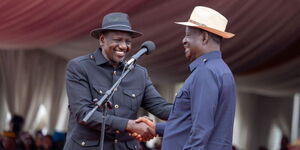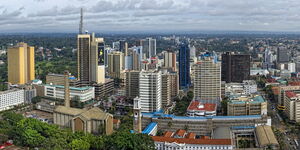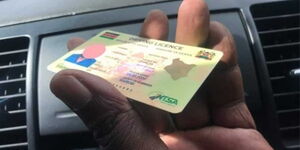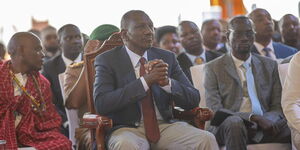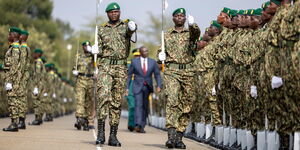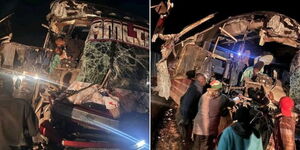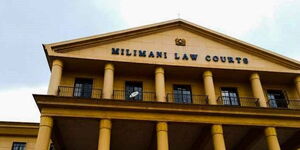A United States professor has revealed six major tricks President Uhuru Kenyatta used to beat National Super Alliance (NASA) Leader Raila Odinga in the just concluded election.
Prof. Nic Cheeseman first pointed out that while National Super Alliance (NASA) Principals contested against each other in deciding on a presidential candidate, President Kenyatta and his deputy William Ruto had already merged their parties into a grand coalition gaining support from other parties along the way.
As a result, local party structures and local aspirants for the posts of governor, senate, Members of County Assembly (MCAs), Members of Parliament (MPs) and Woman Representatives were all effectively harnessed to campaign for Kenyatta’s re-election, and vice versa.
Cheeseman also noted that the Jubilee Party invested heavily in both its strongholds and opposition strongholds.
The government ran a highly effective campaign in NASA strongholds that emphasised its achievements such as local electrification and road projects to date.
The professor further stated that Jubilee also reaped heavy benefits from being the incumbent government.
"They benefitted from the use of state resources like government vehicles and civil servants who were automatically drawn to the Jubilee campaigns," Cheeseman explained.
He also highlighted that President Kenyatta and Deputy President William Ruto hail from Kenya’s largest and third largest ethnic communities the Kikuyu and the Kalenjin.
"While most members of the two communities were angry about the economy and particularly high food prices, insufficient jobs and corruption, many still felt that their interests would be better catered for under the leadership of one of ‘their own’, rather than under the leadership of ‘other communities' who might redistribute resources away from them, he stated.
Finally, the Professor pointed out an effective social media campaign that depicted Odinga as a dangerous individual who would divide Kenya and cause chaos.
This message was drawn upon the history of the 2007 election when Odinga’s rejection of President Kibaki’s re-election triggered post-election violence, which led to the death of over 1,000 people and displacement of almost 700,000 others.
Cheeseman is Professor of Democracy and International Development at the University of Birmingham.

